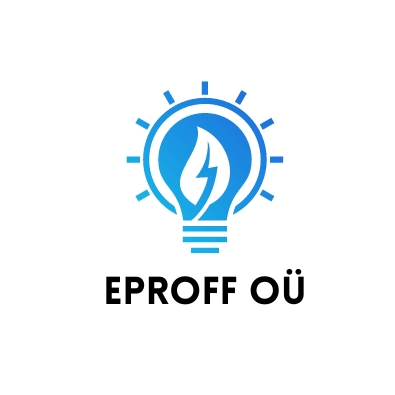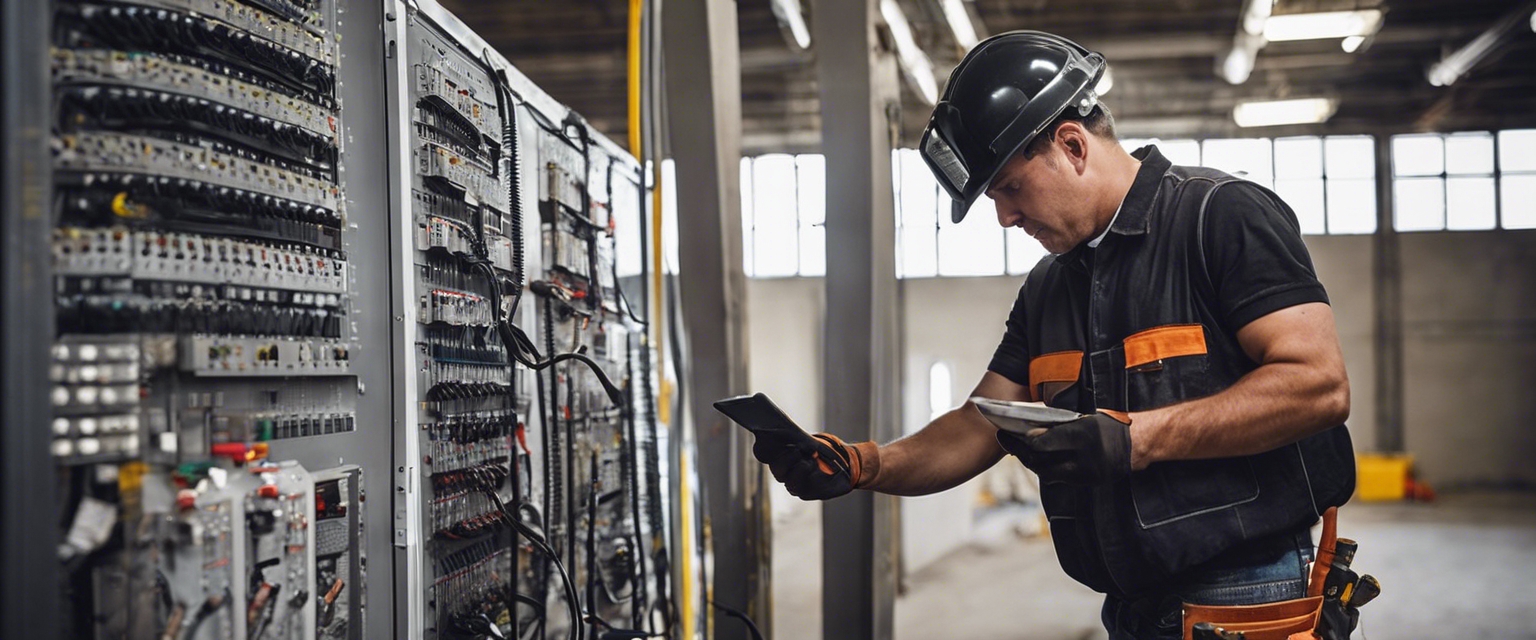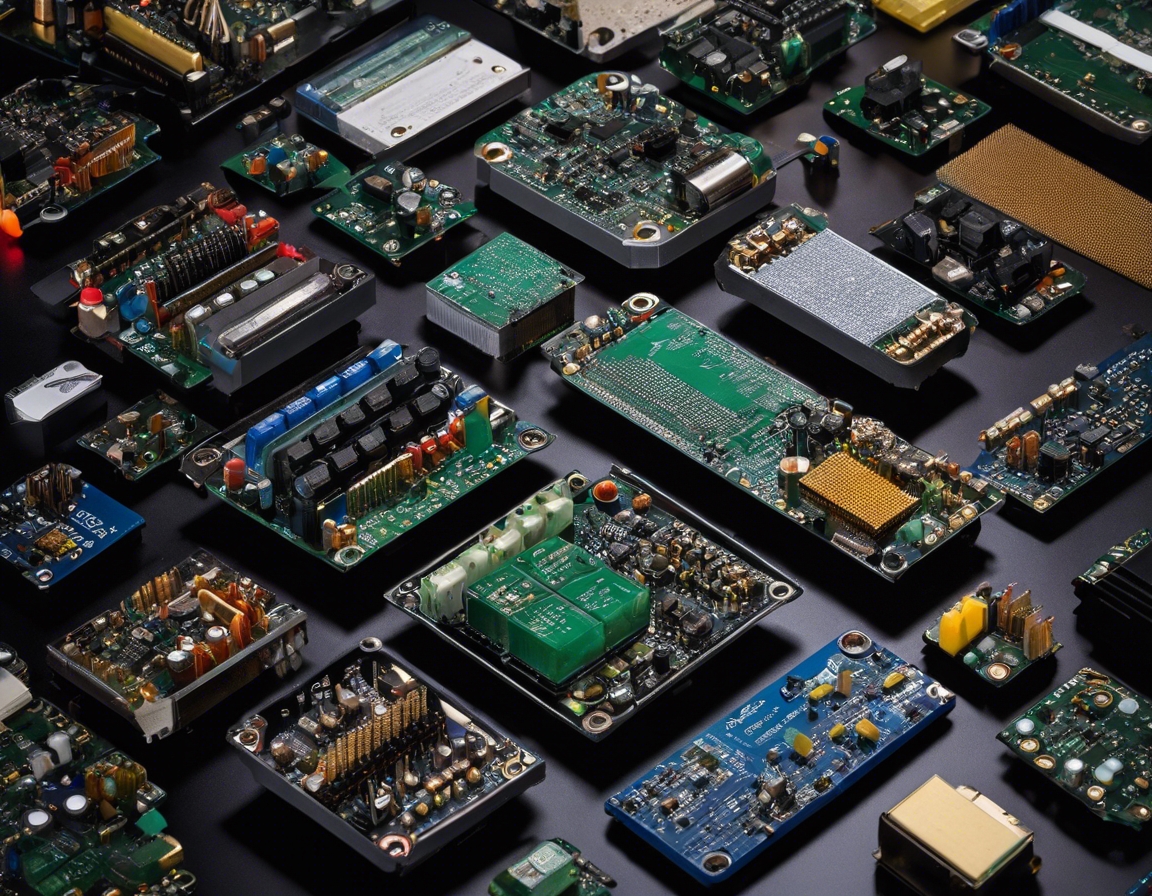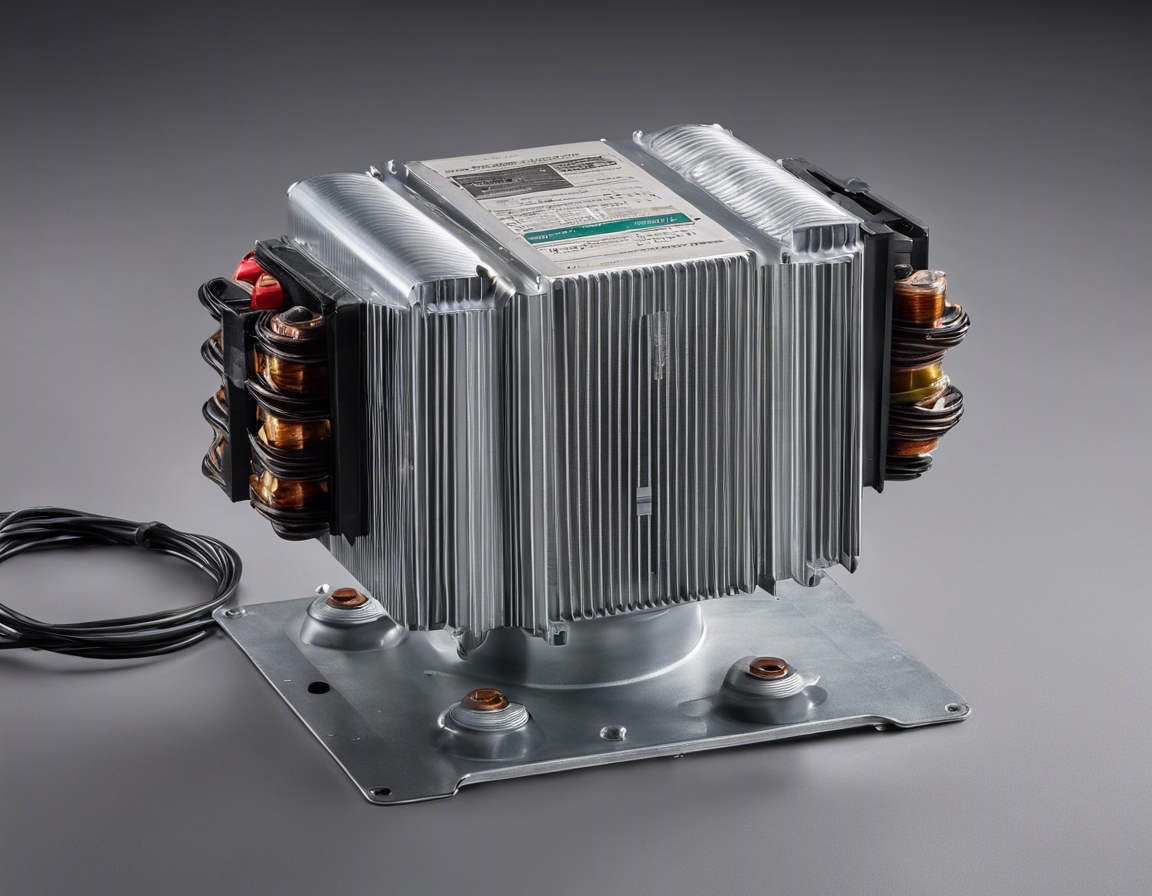5 trends shaping the future of low voltage electrical projects
The landscape of low voltage electrical projects is rapidly evolving, driven by technological advancements, regulatory changes, and a growing emphasis on sustainability. As a leading provider of electrical solutions, EPROFF OÜ is at the forefront of these changes, ensuring that our clients are equipped with the latest in electrical infrastructure. Here are five key trends that are shaping the future of low voltage electrical projects.
1. Integration of Smart Technology
Smart grids are revolutionizing how energy is distributed and managed, allowing for greater efficiency and reliability. They enable real-time monitoring and control of the electrical network, leading to optimized energy use and reduced costs.
The IoT is transforming buildings into interconnected hubs that can communicate with the electrical grid, appliances, and other IoT devices. This connectivity facilitates automated energy-saving measures and predictive maintenance, enhancing operational efficiency.
Intelligent lighting systems, which can adjust brightness based on occupancy and natural light levels, are becoming increasingly popular. They not only reduce energy consumption but also improve the comfort and productivity of occupants.
2. Emphasis on Energy Efficiency
LED lighting is now the standard for energy-efficient lighting solutions, offering significant energy savings and longer lifespans compared to traditional lighting technologies.
Energy management systems (EMS) are critical for monitoring and controlling energy use within buildings. They provide valuable insights into energy consumption patterns, enabling more informed decisions to improve energy efficiency.
The integration of renewable energy sources, such as solar and wind power, into low voltage electrical projects is an important trend. It not only reduces reliance on fossil fuels but also supports sustainability goals.
3. Advancements in Wiring and Components
New cable technologies are enhancing the performance and safety of low voltage systems. Innovations in materials and design are resulting in cables that are more durable, flexible, and capable of handling higher data speeds.
Modular electrical systems offer a flexible and scalable approach to electrical installations. They can be easily reconfigured to meet changing needs, reducing waste and installation time.
Advancements in wiring safety, such as arc-fault circuit interrupters (AFCIs) and ground-fault circuit interrupters (GFCIs), are becoming more prevalent in low voltage installations to prevent electrical fires and shocks.
4. Regulatory Compliance and Standards
Compliance with National Electrical Code (NEC) and International Electrotechnical Commission (IEC) standards is essential for ensuring the safety and performance of electrical installations. These standards are continuously updated to reflect the latest best practices and technologies.
Building Information Modeling (BIM) is increasingly being used in the planning and management of electrical projects. BIM provides a digital representation of the physical and functional characteristics of a facility, improving collaboration and efficiency.
Green building certifications, such as LEED and BREEAM, are influencing the design and execution of low voltage electrical projects. These certifications encourage the adoption of sustainable practices and technologies.
5. Rise of Electric Vehicles (EVs)
As electric vehicles become more common, the demand for EV charging infrastructure is growing. Low voltage electrical projects must now consider the installation of EV charging stations, which are becoming a standard feature in many developments.
The widespread adoption of EVs will have a significant impact on electrical load management. Electrical systems will need to be designed to handle the increased demand without compromising reliability or efficiency.
Integrating EV charging infrastructure with renewable energy sources is a trend that aligns with global sustainability goals. This synergy can reduce the carbon footprint of EVs and promote the use of clean energy.






Comments (0)